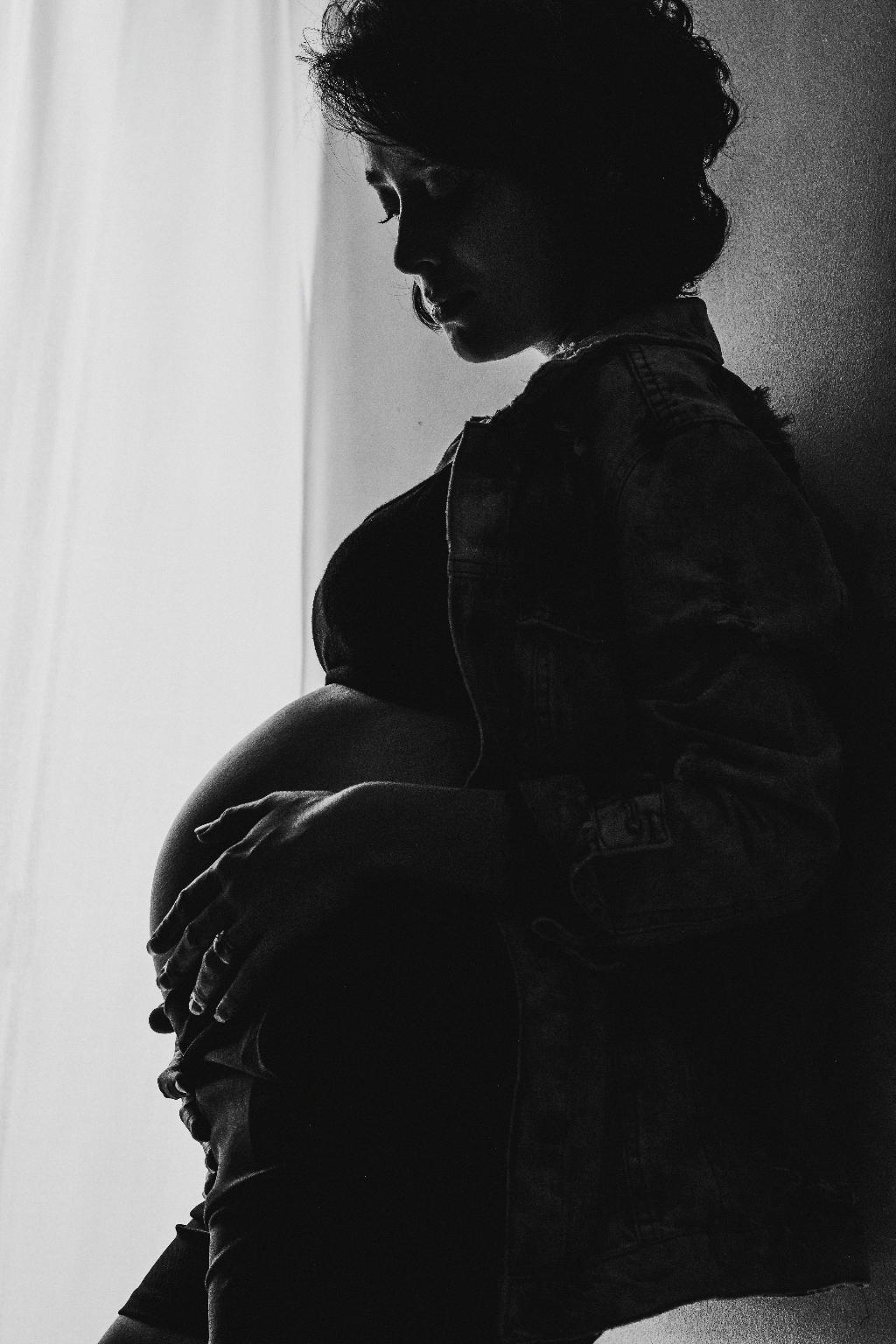It’s a common question among expectant mothers and curious individuals alike: what is the longest period a woman can be pregnant? The answer lies in the normal duration of a pregnancy, which typically lasts around 40 weeks from the start of a woman’s last menstrual period. This period is calculated based on the assumption of a regular 28-day menstrual cycle.
However, it’s essential to note that the definition of a normal pregnancy duration extends beyond the often-referenced 40-week mark. In reality, any pregnancy that lasts between 37 and 42 weeks is considered within the normal range. This means that a full-term pregnancy can vary by up to five weeks, offering a more extensive window for delivery.
While most pregnancies fall within this 37 to 42-week timeframe, there are instances where a pregnancy can extend beyond 42 weeks. Approximately 4% to 7% of all singleton pregnancies reach or exceed the 42-week mark, which translates to around 1 in every 20 pregnancies.
When a pregnancy goes beyond 42 weeks, it is referred to as a post-term or prolonged pregnancy. This condition can raise concerns regarding the health and well-being of both the mother and the baby, as the risks of complications may increase with a prolonged gestation period.
One of the primary concerns associated with post-term pregnancies is the increased risk of stillbirth. Research suggests that the risk of stillbirth rises gradually as the pregnancy progresses beyond 40 weeks, with a more noticeable increase after 42 weeks. This risk underscores the importance of closely monitoring pregnancies that reach or exceed the 42-week mark.
Other potential risks of post-term pregnancies include meconium aspiration, macrosomia (large birth weight), umbilical cord compression, and placental insufficiency. These complications can arise due to the aging of the placenta and the decreasing amniotic fluid levels, both of which can occur in prolonged pregnancies.
In cases where a pregnancy continues past 42 weeks, healthcare providers may recommend interventions to induce labor and facilitate a safe delivery. These interventions can vary depending on the specific circumstances of the pregnancy, including the health of the mother and the baby, as well as the presence of any complications.
Induction methods may include membrane sweeping, the use of cervical ripening agents, artificial rupture of membranes, or the administration of synthetic oxytocin to stimulate contractions. These interventions aim to initiate labor and reduce the risks associated with post-term pregnancies.
It’s important for expectant mothers and their healthcare providers to maintain open communication throughout the pregnancy, especially as the due date approaches. Monitoring the progression of the pregnancy, assessing fetal well-being, and discussing any concerns or preferences regarding labor induction can help ensure a safe and positive birth experience.
Ultimately, while the standard duration of a pregnancy is typically around 40 weeks, the longest period a woman can be pregnant extends to 42 weeks and beyond for some pregnancies. Awareness of the risks and potential complications associated with post-term pregnancy, as well as timely interventions when necessary, can help promote the health and well-being of both mother and baby.

